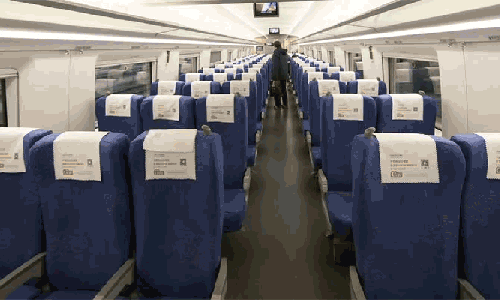LSOH cable uasage solution

LSOH cable solution,Growing trend towards the use of low-smoke-zero-halogen (LSZH) cable,
which incorporate more fire-safe bushing materials. As the name implies,
LSZH cables produce less smoke and almost no highly toxic gases called halogens,
unlike traditional materials such as polyvinyl chloride (PVC) and fluorinated ethylene propylene rubber (FEP).
The burning and flame properties of PVC and FEP in cable sheathing,
dielectric materials and other components have been known since the 1970s,
and by around 1980 cables using alternative materials had been used in military and nuclear systems.
But in 1987, a fire at London’s King’s Cross Underground station,
which killed more than 30 people and injured more than 100, attracted worldwide attention.

The investigation into the fire accident at London’s King’s Cross subway station showed that the burning of a large number of cables produced thick black smoke and toxic gases, making it difficult for people to escape.
Subsequent investigations revealed that a match that fell on the elevator was the cause of the fire.
Many reasons caused the fire to spread and claimed many lives.
One of the reasons was the burning of a large number of cables, which produced dense black smoke and toxic gases, making it difficult for people to escape.
The fire is believed to have prompted the industry to develop cables that would perform better and be safer in a fire.
As a result of this accident,
the use of PVC cables was banned in the London Underground, and within a short time, LSZH cables were also widely used in other EU members.
The United States has taken longer to roll out such cables for a number of reasons,
including cost considerations, conflicting standards, and debate over where to use them.
Over time, these issues have gradually been resolved,
and PVC- and FEP-based materials are being replaced in applications where the benefits are most pronounced.
Some of the applications where LSOH cables were first used are good examples.
on surface ships and submarines, where evacuation from a fire is difficult and sometimes impossible,
and in nuclear facilities, where dense smoke, toxic substances and Corrosive gases can have catastrophic consequences.
Some other applications include commercial aircraft, transportation stations, certain areas of airports,
telecommunications switching centers, tunnels, theaters, and nightclubs
Recent applications using LSOH cables include data centers that have seen their numbers soar.
Data centers are densely populated with cables and have extensive cooling infrastructure through which flames and smoke can spread quickly.
While the use of LSOH cables is becoming more common, it may be surprising that LSOH cables are not commonly required in data centers today.
More communication with us on TikTok or Youtube.